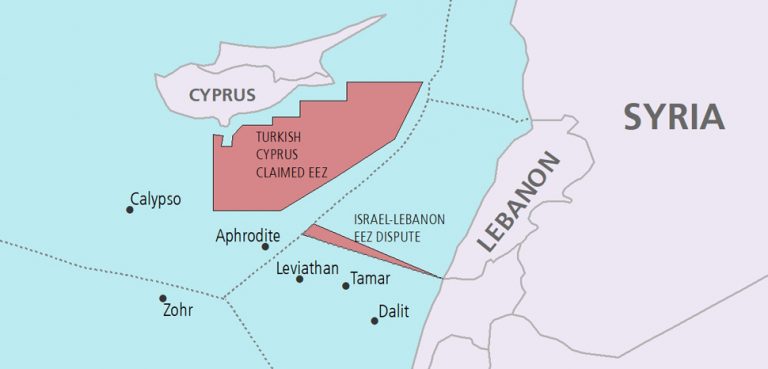Summary
The near-constant media hype surrounding BRIC countries could lead some to think of them as a coherent international bloc devoid of internal divisions. Chinese efforts to create of a ‘string of pearls’ around India’s neck can serve as a reminder that this is not the case.
Analysis
The growth of Chinese military power over the past decade is underpinned by two major goals: re-unification with Taiwan and defending the supply chains needed for Chinese economic growth. Chinese efforts to secure energy imports – the most important of these supply chains – have had the consequence of projecting Chinese military power into the Indian Ocean. The result has been a burgeoning naval arms race with India.
The Chinese ‘string of pearls’ refers to the establishment of pressure points encircling India, assets that aren’t strictly military in nature, but could be leveraged in the event of a future conflict. So far, the string is looking rather robust. It consists of: naval listening posts in Burma, new airbases and force deployments in Tibet and southern China, the construction of a deepwater port in Gwadar, Pakistan, and finally the construction of another port at Hambantota, Sri Lanka.
While the motivation behind the ‘string of pearls’ is less about viewing India as an important strategic competitor and more to do with securing energy supplies from the Middle East, it has triggered a naval arms race between two countries that already share a burden of history in the form of a hitherto unresolved border war.
India has responded to encroaching Chinese military power by re-orienting force deployments away from its traditional foe in Pakistan and towards China in the east. Naval and air bases in the Andaman and Nicobar Islands south of Burma have been singled out for an ambitious renovation and expansion project. The proposed improvements include: a new nuclear submarine base, a Sukhoi airbase, an aircraft carrier base, and a dedicated nuclear power station. These bases are critical for India, as they are within striking distance of Burma’s Kyaukpyu deep sea port, future home to the Burmese end of the Burma-China pipeline and consequently Chinese naval patrols as well.
Within India proper, New Delhi has been plucking Sukhoi divisions up from the west and re-deployed them in northern Assam, close to the Chinese border. The Indian government has also embarked on a charm offensive in the Maldives, signing several defense deals that will buttress Indian influence in this strategically located island chain.
Both India and China are undergoing massive naval modernization programs aimed at augmenting their naval projection capacity.
The PLA Navy has been digging into Beijing’s $70-125 billion dollar defense budget to upgrade its fleet of around 72 combat ships. China’s submarine fleet also continues to be expanded and modernized through a combination of foreign-made procurement and the construction of new Chinese models.
It is now likely only a matter of time until the PLA Navy is outfitted with an aircraft carrier, a requirement if Beijing ever hopes to truly project military power into the Indian Ocean.
Not to be outdone, New Delhi is also pushing through a $100 billion naval modernization program. This program has already produced India’s first indigenously-made nuclear sub, the INS Arihant, which was launched for trials earlier this month. The Indian government is mirroring China’s emphasis on submarines and warships, as its plan calls for the construction of 25 submarines and an investment of over $15 billion into warships over the next ten years.
Unlike the Chinese however, India is already well on its way to producing a homegrown aircraft carrier. The first Vikrant class aircraft carrier should be ready by 2016.
That Indian and Chinese forces are being deployed opposite each other is a troubling development, especially when the issue of the Indian-Chinese border is taken into account. According to the Center of Policy Research in New Delhi, there were 280 Chinese incursions across the border near Ladakh in 2008. The Indian government has responded by building up military infrastructure and deployments in the area.
While China and India struggle to one-up each other in terms of military might, energy supplies and forward bases, their unresolved border dispute may just end up being the catalyst for a crisis that’s waiting to happen.
Zachary Fillingham is a contributor to Geopoliticalmonitor.com



